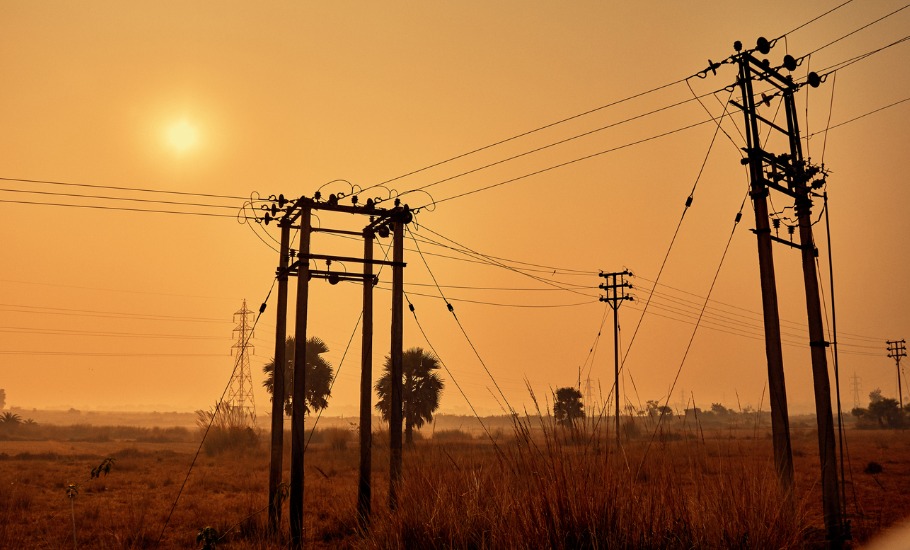
Power consumption falls in industrial states, surges in migrant home states
While industrial states like Maharashtra, Gujarat, Karnataka, and Tamil Nadu reported a steep decline in power demand, the migrant home-states, Odisha, Bihar and Uttar Pradesh, saw a surge over the past few days.

An unusual pattern of electricity consumption was observed across India after the stringent nationwide lockdown was lifted. While industrial states like Maharashtra, Gujarat, Karnataka, and Tamil Nadu reported a steep decline in power demand, the migrant home states, such as Odisha, Bihar and Uttar Pradesh, saw a surge over the past few days.
The overall electricity consumption in the country has returned to pre-COVID levels in July, according to the figures released by the National Load Despatch Centre (NLDC).
According to the NLDC’s weekly electricity usage report, the country consumed 24,364 Mega Units (MU) in the week prior to the lockdown, i.e. March 16 to 22, while in the second week of July, it consumed 24,799 MU.
It reported a sharp decline of nearly 500 MU (or 13 per cent) on March 22, the janata curfew day, compared to the previous day’s usage of 3,495 MU. It recovered a bit the next day but again started declining from March 24.
Power consumption remained below the 3,000-mark until May 4 and the lowest it plunged was 2,591 MU on March 27. It did not recover for the next six weeks.
Recovery was reported in the first week of May as the government announced relaxations on the movement of people. Also, the Railways had started running the Shramik Special trains to ferry stranded migrants to their home states since May 1. The Railways account for approximately 3 per cent of the total electricity consumption in the country.
Related news: Exorbitant electricity bills add to consumer woes in Maharashtra
As the movement began, a slow recovery in electricity usage was observed across states. The usage peaked on May 27 as it went up to 3,775 MU in a single day. It, however, saw a big drop in the following week (May 31-June 6) and the usage again touched 3,100 MU by the end of the week.
Thomas Spencer, a fellow at The Energy and Resources Institute in Delhi, said, “Part of this recovery is pent up demand, i.e. demand from households that couldn’t be satisfied during the lockdown.”
He said electricity demand and GDP growth are relative. “Now that the lockdown has been eased, consumers are purchasing certain goods and services that had been deferred due to the lockdown. Once this pent-up demand is satisfied, we will see a slowdown in the pace of economic recovery. Similarly, I would expect recovery in the electricity demand as well, which has already started slowing down.”
After the migrant exodus began, electricity demand surged in the migrant home states, such as Bihar, Odisha and Uttar Pradesh. These states, which consumed 503, 511, and 1,739 MU respectively in the March 16-22 week, recorded an increased consumption of 638, 557 and 2,279 MU respectively, during May 31-June 6. These three states are still following the same trend of surge in demand.
The increase in electricity consumption was on account of the return of lakhs of migrants, though there had been no increase in economic activities during this period.
On the other hand, heavily industrialised states like Maharashtra, Gujarat, Karnataka and Tamil Nadu saw a reverse trend. The weekly usage was at 3,290 MU in Maharashtra, 2,410 MU in Gujarat, 2,341 in Tamil Nadu and 1,749 MU in Karnataka in the pre-lockdown week. It dropped to 2,470 MU, 2,128 MU, 2,149 MU and 1,152 MU respectively by the end of the first week of June.
Related news: Power subsidies as DBT: Centre to accept comments from public till June 2
The halt in industrial activities hampered electricity consumption in these states, said Spencer. Even the restarting of the economy has not helped much in the recovery.
Domestic consumption accounts for 28 per cent of overall electricity consumption in the country, while the industrial sector accounts for approximately 34 per cent. The services sector consumes around 18 per cent, according to Spencer.
The recovery in consumption began as the country started off with the ‘Unlock’ process to resume industrial activities and re-accelerate the economy. The daily consumption did not drop below 3,500 MU after June 14. It stands at 3,735 MU, as on July 4, according to the latest report by the NLDC.

